Yoga Research: How to Be a Well-Informed Yoga Educator
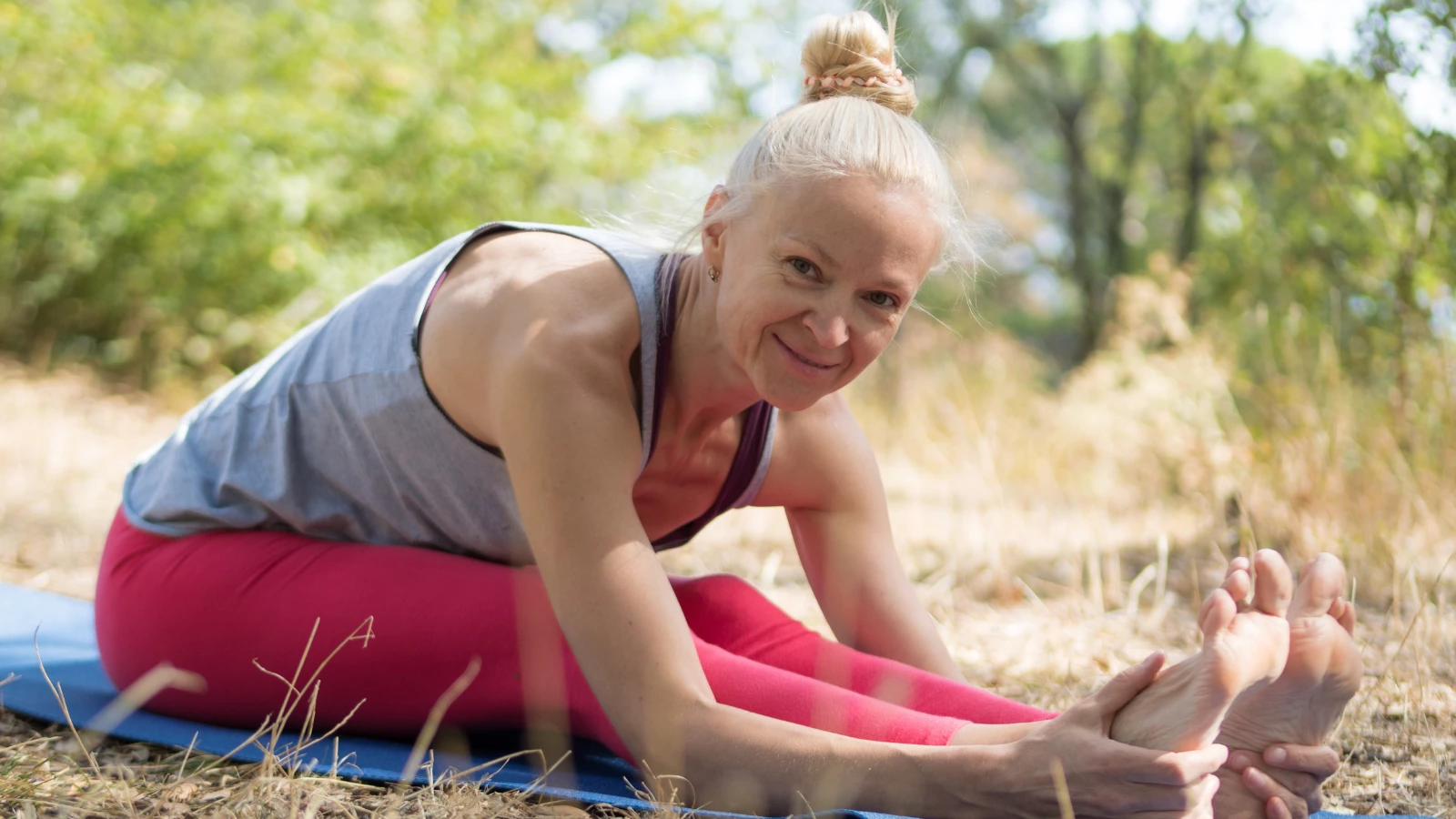
Once we know how to read the research, we start to see how many research studies conclude with a list of limitations and a call for further investigation. The more we know, we also see how much more there is to learn and confirm yoga’s benefits. For skeptical yogis, this can be frustrating. For curious yogis, this is good news!
Don’t give up on following and understanding yoga research. Evidence-based practice is a common currency for institutional change. No matter how slow, this is how we make a case to disseminate best yoga practices. It’s also where we can create a well-informed yoga teaching practice, and perhaps even find ways to contribute to what’s understood about how and why yoga works.
Research-Based Yoga and Meditation Practice
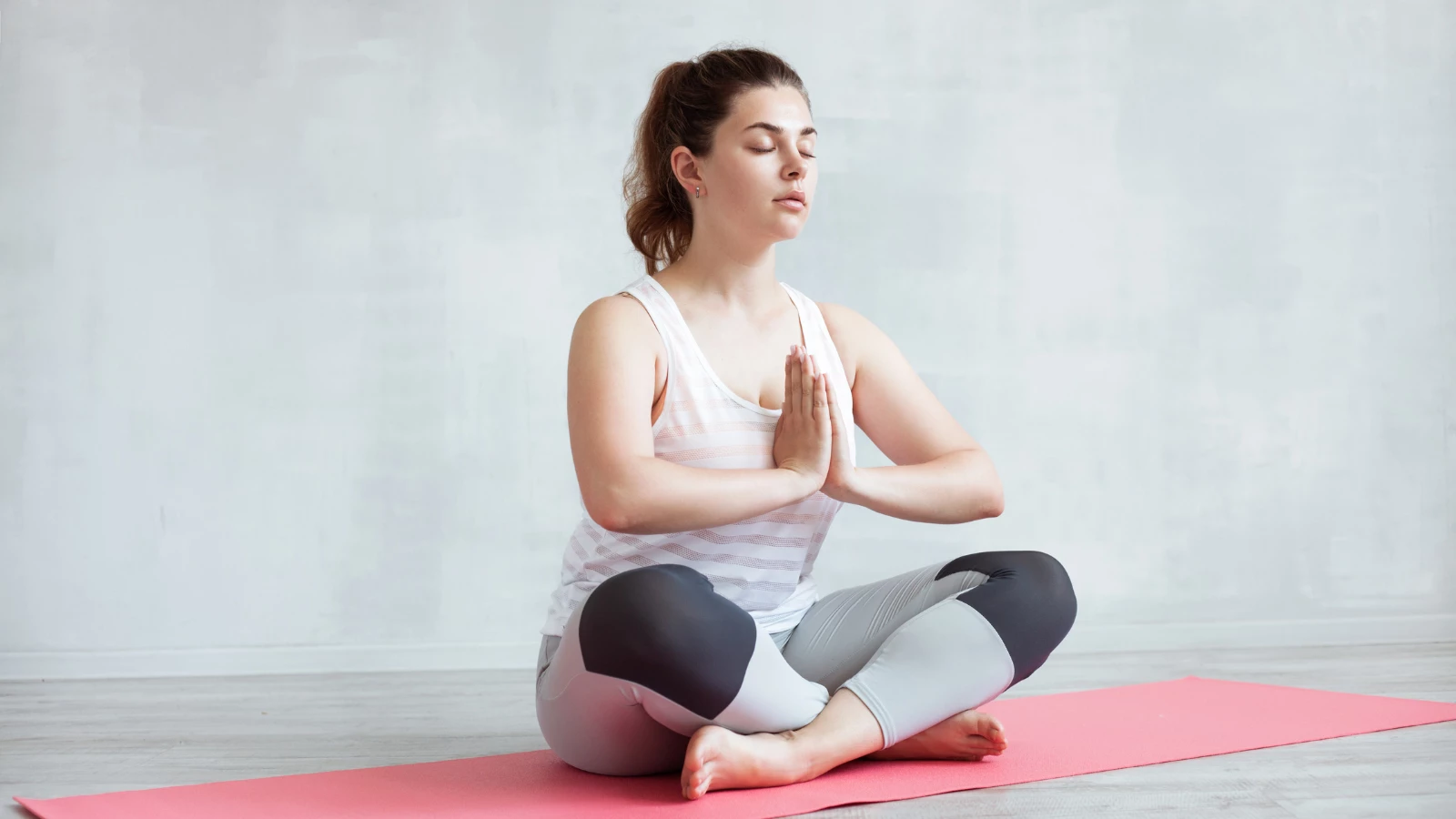
Look at the example of the mindfulness-based stress reduction (MBSR) program developed by Dr. John Kabat-Zinn at the University of Massachusetts Medical Center. MBSR includes not only body sensing and other forms of meditation but also standing and lying-down movements from yoga, as well as social support.
Decades of good research now show that MBSR is a replicable, effective, and evidence-based practice. Over many years, it has become a regular program at medical and mental health centers and other settings across the US. I’d say that MBSR, and research on MBSR, have been pivotal for the mainstreaming of mindfulness and yoga as wellness practices.
How Research Can Provide a Bigger Picture
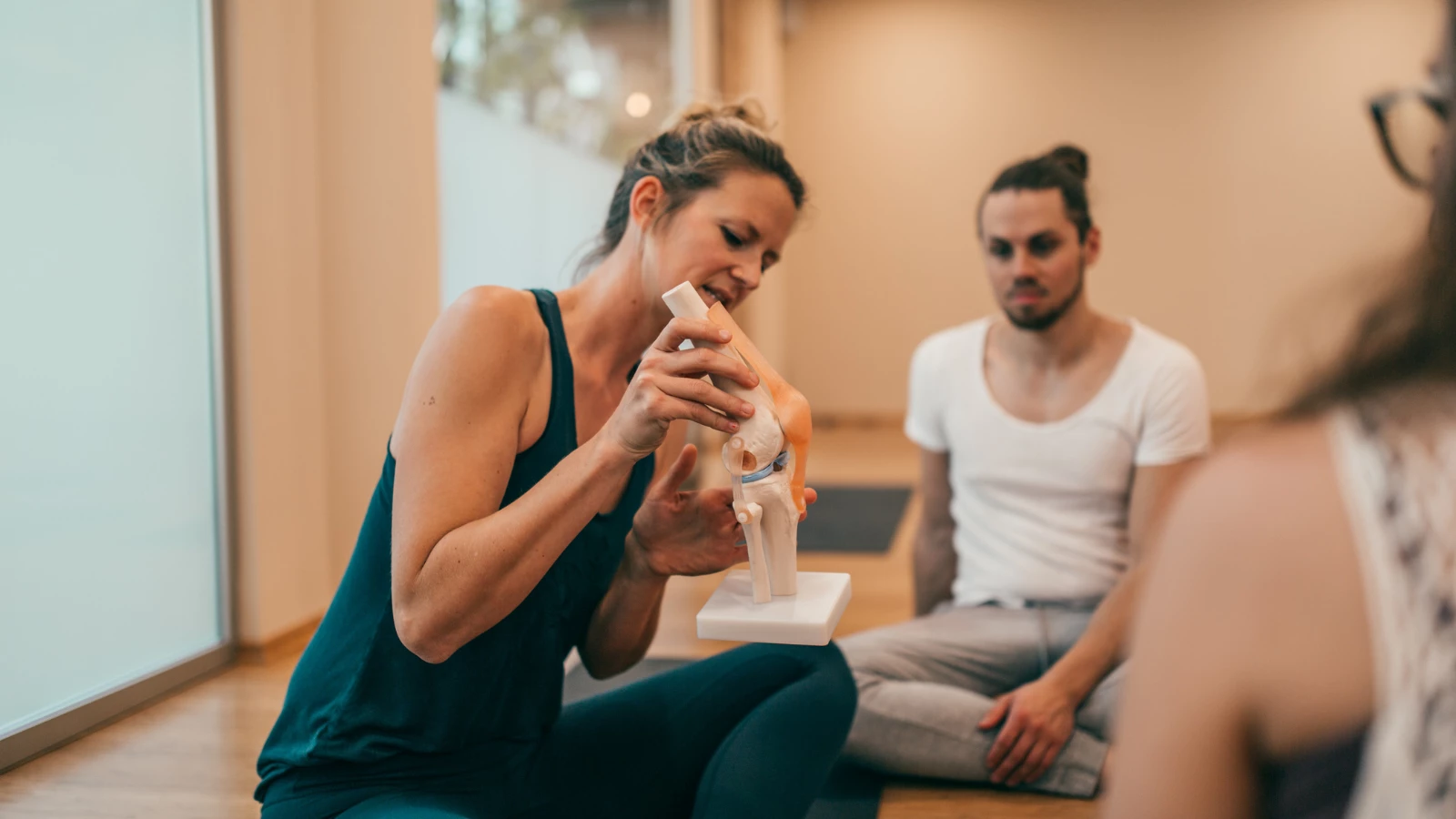
So what is it that we expect from research in the first place? And is that realistic or better sought elsewhere?
I want reliable information to offer my students and clients the practices that will be helpful and not harmful. And particularly as a yoga therapist, I want to provide yoga education that will engage their minds and bodies.
I look to research for a bigger-picture context. The types of studies being reported can reveal how and where yoga is being tested, and what’s of most interest (e.g., yoga research questions or topics, practices, populations). I’m also interested in what is or isn’t known about whether yoga is helpful or neutral compared to other modalities. One study on its own probably won’t tell us this, and yet looking at several studies or a systematic review may offer a snapshot of what’s getting attention now.
One area of research with a particularly strong track record looks at yoga and back pain, one of my specialties. A solid body of evidence in this area literally changed my teaching trajectory— where I teach, how and what I teach, and even my decision to become a yoga therapist.
There is evidence that specific yoga asana protocols help back pain. Even so, the types of practices and lineages, the settings, and the specific outcomes vary. It’s still difficult to generalize a personalized, adaptive practice as with yoga therapy. The mechanism (or how the change happens) still isn’t understood conclusively. Yet at a time when medicine is looking for non-pharmacological options for pain relief, the research on therapeutic yoga and back pain is important and promising.
Yoga During Chemotherapy: A Sample Study
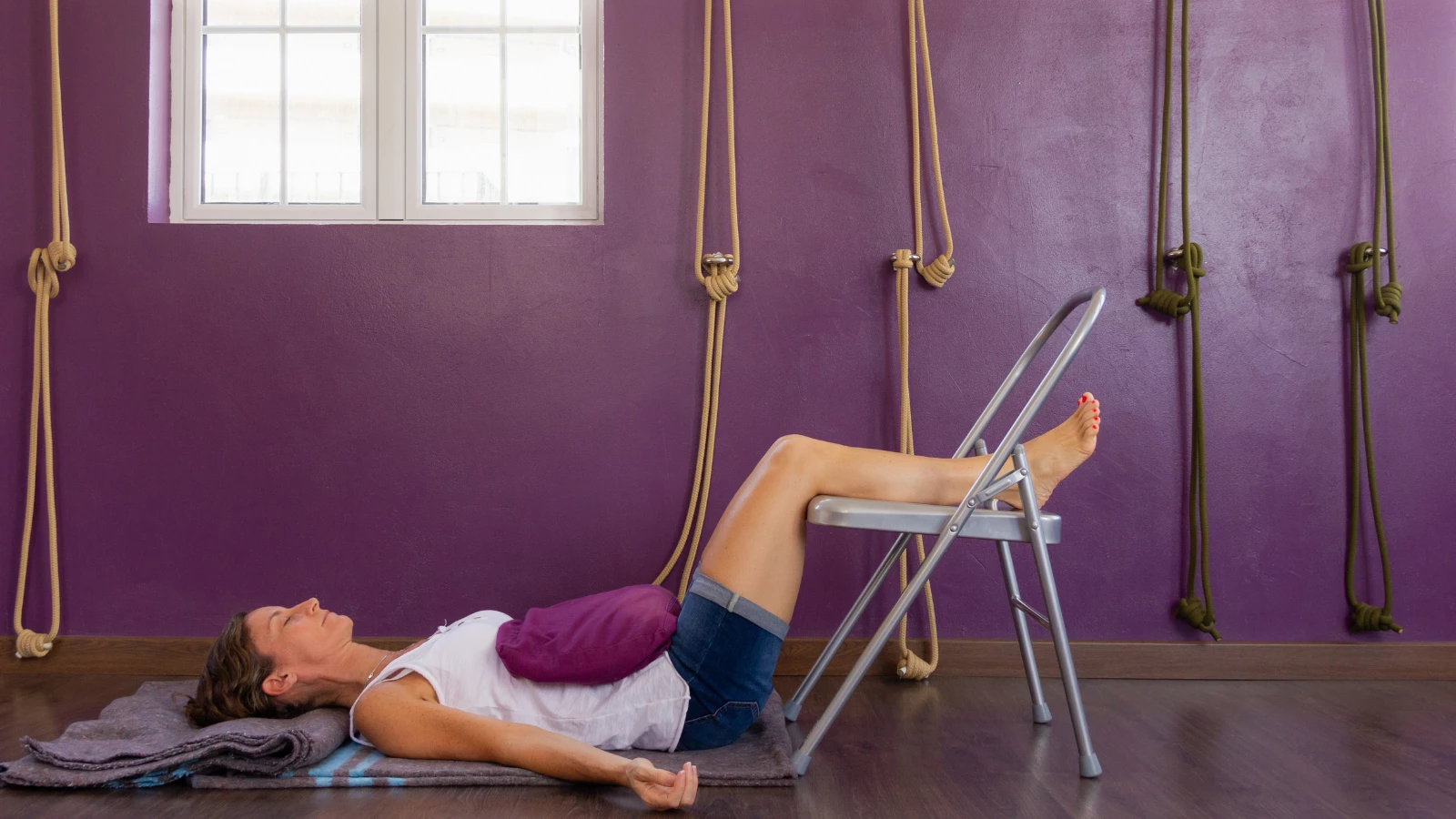
I haven’t found journal articles useful for designing specific sequences or selecting which type of practice to emphasize (e.g., asana, as compared with pranayama). There are some exceptions. The Yoga During Chemotherapy (YCTX) study that I’m part of is among the few to look at that, as it will compare eight yoga practice combinations (or “conditions,” in research-speak) to try to determine the effects (if any) of each for a person in cancer treatment.
Here’s a simplified list of the eight conditions:
- No practice
- Breathing only
- Flowing only
- Restorative only
- Breathing + flowing
- Breathing + restorative
- Flowing + restorative
- Breathing + flowing + restorative.
For each condition, the investigators made choices (ideally, informed by yogis) about which practices (i.e., which specific forms of pranayama, or which restorative postures) to include. You can see how this makes the investigators’ job quite challenging, both to design the study and analyze/synthesize findings. And as we’ve seen, articles may not give details of their protocols.
How to Create a Well-Informed Teaching Practice when Research is Limited
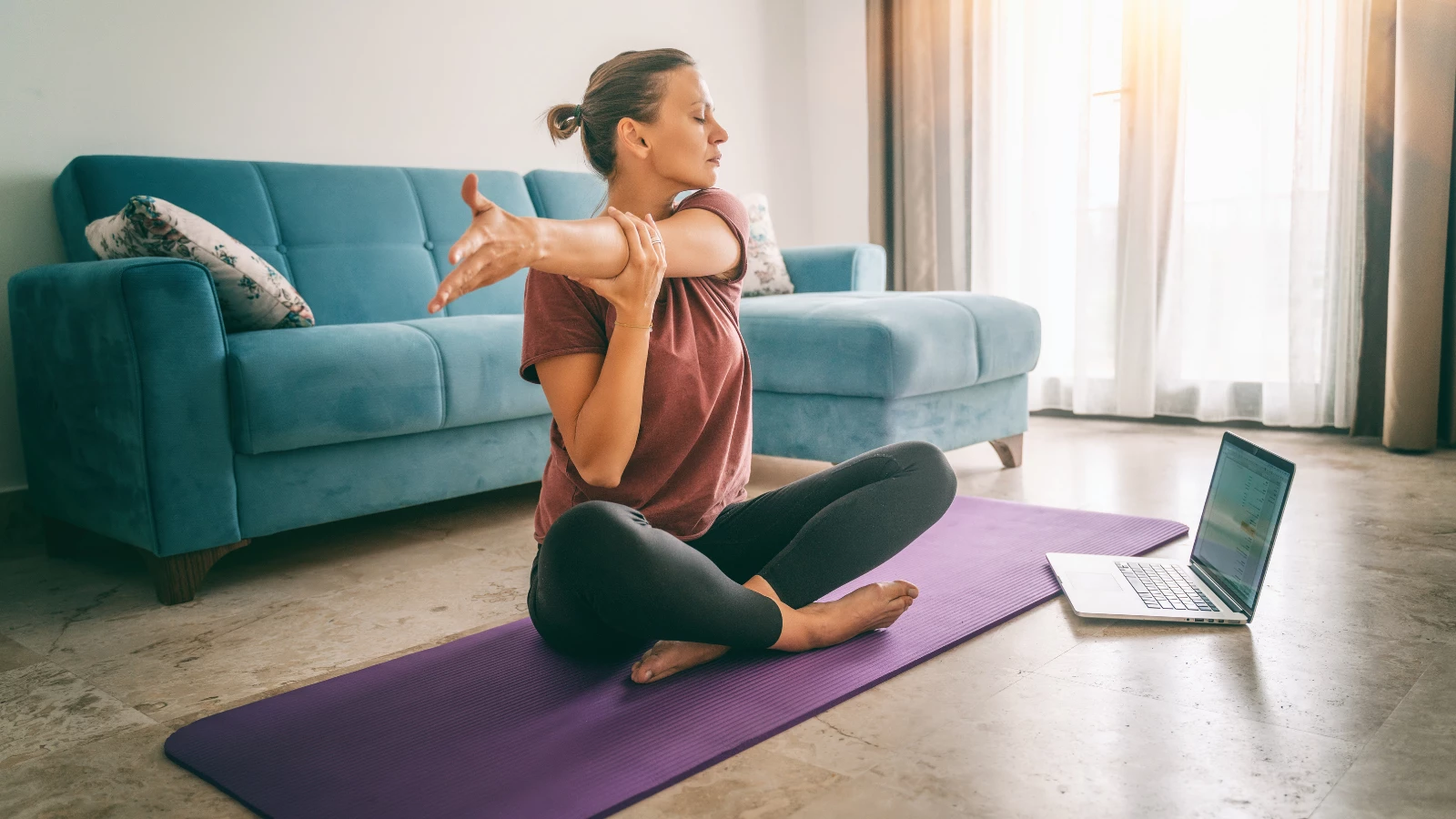
In summary, here’s how yoga educators create a well-informed teaching or therapy practice even when research is limited:
- Search for and read current research articles on the topics that interest you. Make notes about its key findings, strengths, and limitations, and what this means for what you can or cannot tell students with confidence.
- Clarify your language for students and clients. Use phrases like, “according to yoga theory” and “this is being looked at by medical research” or “preliminary studies suggest” or “many yogis experience this, and it’s not yet confirmed by medical/health research.”
- Make a regular practice of noticing how media use medical research: what’s left out, what’s emphasized. Find the source articles (or even contact the researchers) to compare what investigators found with the information being reported.
- Consider writing down your own questions and observations! With guidance or collaboration with researchers, design your own informal research or write case studies. It’s important to have guidance on ethics and confidentiality, as well as effective design.
- Seek out mentorship from experienced yoga therapists to understand best practices and gain a deeper understanding of how specific lineage transmission relates to research.
Reprinted with permission from Sequencewiz.org and Rachel Lanzerotti of Fiveriversyoga.com.
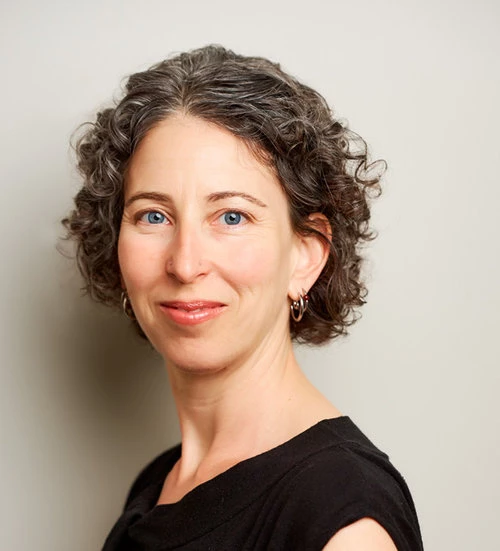
 Rachel Lanzerotti (MSW, eRYT500, IAYT-Certified Yoga Therapist) is the Founder of Five Rivers Yoga Therapy and creator of The RE/ST Method for Pain Recovery™. She is a Body-Mind Yoga Therapist, meditation teacher, counselor, health educator, and specialist in back pain relief.
Rachel Lanzerotti (MSW, eRYT500, IAYT-Certified Yoga Therapist) is the Founder of Five Rivers Yoga Therapy and creator of The RE/ST Method for Pain Recovery™. She is a Body-Mind Yoga Therapist, meditation teacher, counselor, health educator, and specialist in back pain relief.


